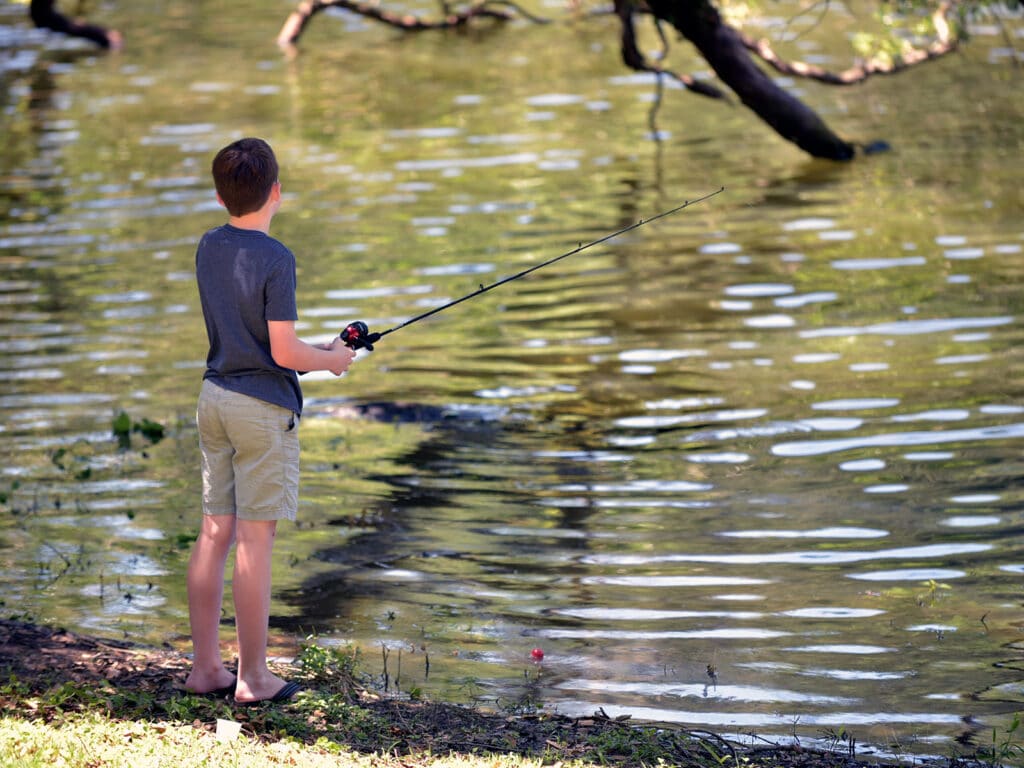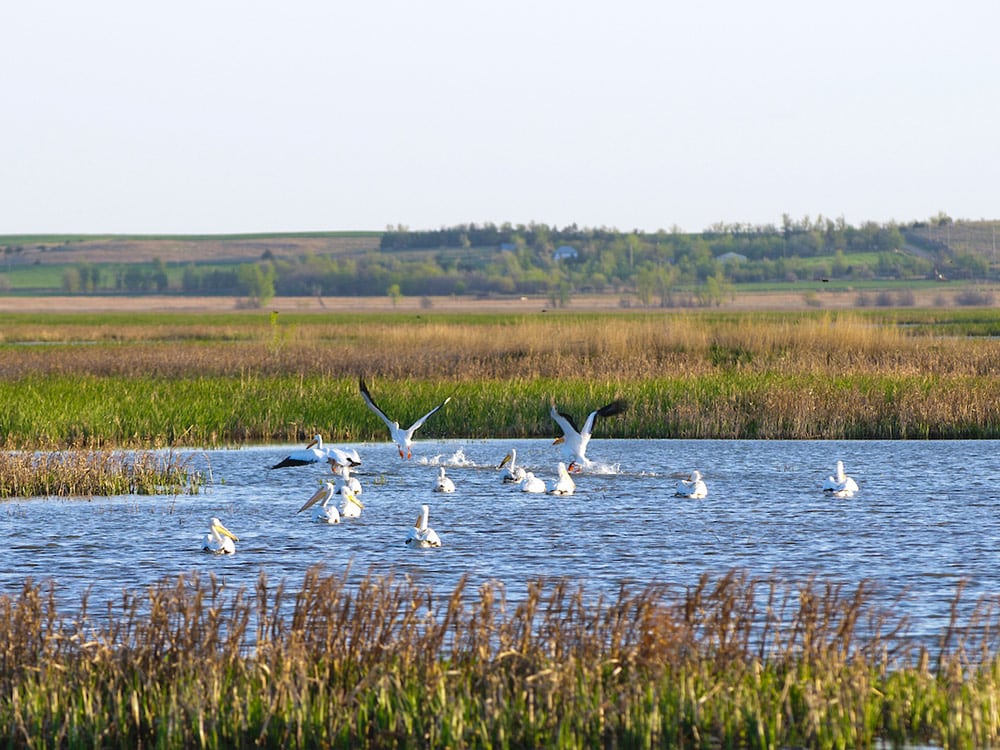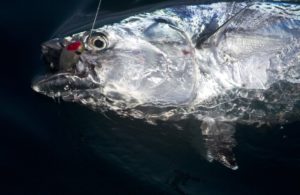
That remote pond you scouted on Google Maps holds more than largemouth bass and crappies. The same can be said for that isolated marsh you hunt on public lands during the season.
A new study found that out-of-the-way wetlands, disconnected from larger lake or river ecosystems, are fantastic at trapping pollutants such as nitrogen and phosphorus. In fact, they’re twice as effective at protecting downstream waters when not connected to those downstream waters, according to the study.
The official term for these of types of waters are called geographically isolated wetlands (GIWs). Unfortunately, GIWs are often the first environs destroyed because of increased development or agriculture. In turn, more nitrogen and phosphorus are produced in areas that once captured it.
“If pollutants aren’t caught by small wetlands, then they’ll run into our lakes, beaches and eventually impact our supply of drinking water and ability to use the beaches for recreation,” said Dr. Nandita Basu, an Earth and Environmental Sciences professor at the University of Waterloo.
Basu, Dr. Frederick Cheng, and other researchers used computer modeling to study 30 years of satellite imagery from across the United States to determine how 3,700 wetlands were filling up and draining as a function of seasons and climate. Next, the goal was to show in what way “hydrologic dynamics can increase nitrogen retention estimates by up to 130 percent, with greater retention magnification for the smaller wetlands,” explained the study.

The researchers found the retention effects were more pronounced in semi-arid systems such as the prairies in North Dakota, leading to 1.8 times more retention, compared to humid landscapes such as the North Carolina Pocosins, with only 1.4 times more retention.
“Being disconnected can actually be better because they are catching the pollutants and retaining them as opposed to leaking them back to the stream waters,” said Cheng, first author of the study and currently a postdoctoral fellow at Colorado State University.
All wetlands act like sponges, sucking up and absorbing water from sudden events such as heavy rainfall, hurricanes or snowmelt. Wetlands provide natural flood protection, as well as improve water quality, provide habitat, increase biodiversity and trap carbon.
In Florida, the Army Corps of Engineers and South Florida Water Management District recently broke ground on the Everglades Agricultural Area (EAA) Reservoir. The new 10,500-acre storage reservoir and 6,500-acre Storage Treatment Area (STA) will capture polluted water — filled with large amounts of phosphorus and nitrogen from sugar farmers, animal feed and human waste — from Lake Okeechobee, storing and cleaning it before allowing the water to flow south to the Everglades.
The project, championed by fishing captains and anglers, will significantly reduce harmful Lake Okeechobee discharges to the St. Lucie and Caloosahatchee rivers on Florida’s east and west coasts, areas that regularly make national headlines for red tides, seagrass losses, algae blooms, fish kills and manatee deaths. Just as important, Florida’s Everglades will once-again receive clean freshwater, where it once flowed naturally and is vitally needed to survive.








